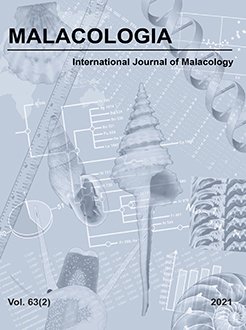The poisonous eggs of Pomacea canaliculata hardly have any predators. This invasive snail, listed among 100 of the worst invasive species, is a serious crop pest and a vector of human parasitic diseases. Females lay eggs in pink-reddish masses, the colour presumably a warning of their chemical defenses. Egg ingestion alters rodent gastrointestinal tracts and is lethal if injected, but its effect on other taxa is unknown. Here we explored the toxic effects of Pomacea canaliculata eggs on the bullfrog Lithobathes catesbeianus (Anura, Ranidae).
Juvenile bullfrogs were gavaged with egg extracts and their digestive tract analyzed after 24 h and 48 h using histological, immunohistochemical and lectin-histochemical techniques. Toxicity was also evaluated by intraperitoneal injection of egg extract.
Egg extract ingestion adversely affected the small intestine of the bullfrogs. Short term (24 h) effects included large, reversible changes of the intestinal wall, villi morphology, and changes in the glycosylation patterns of enterocytes. The mucosal area increased and infiltration of inflammatory cells, mainly eosinophils and macrophages, were observed together with a weak hemorrhage. Most of these changes reversed after 48 h. In addition, intraperitoneal injection of egg extract was nontoxic to bullfrog juveniles and no lethality or behavioral changes were observed, a remarkable difference from the effect on rodents.
Overall, these results indicate that toxins of apple snail eggs reversibly modify gut morphology, which may alter bullfrog physiology, limiting their ability to absorb egg nutrients. This study extends the known targets of the apple snail egg defenses against predation to amphibians.





